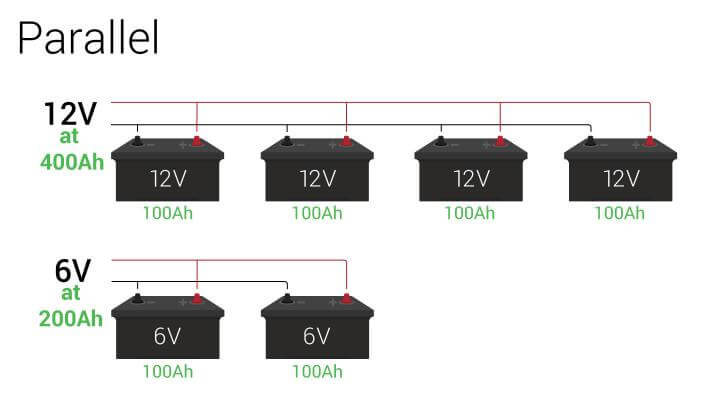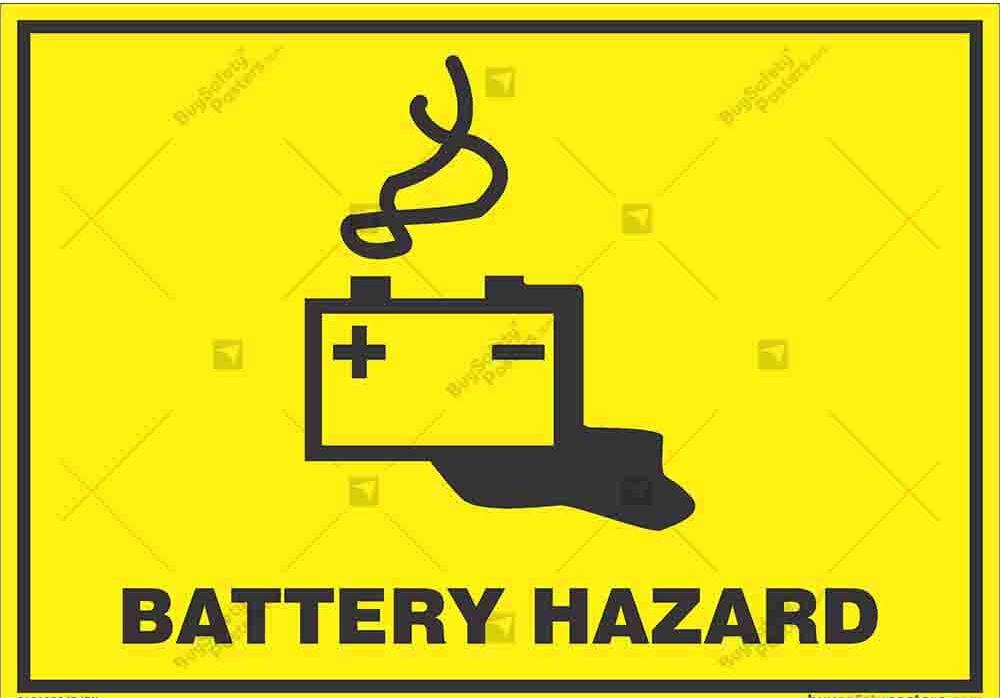- Introduction
- Understanding Parallel Wiring
- Overheating and Fires
- Potential Hazards
- Decreased Battery Lifespan
- Safety Tips for Wiring Batteries in Parallel
- Common Mistakes to Avoid
- Conclusion
Introduction
Wiring Batteries in Parallel Danger is a concern many should be aware of. While many people prefer using multiple batteries in their electronic devices or power systems to increase capacity and ensure a steady power supply, wiring batteries in parallel seems like a logical choice.
However, it's crucial to understand the potential hazards associated with this wiring configuration. This article will explore these dangers and provide essential safety tips to prevent accidents and damage.
Understanding Parallel Wiring
Parallel wiring involves connecting the positive terminals of two or more batteries together and the negative terminals together. This configuration ultimately increases the capacity of the battery bank without altering the voltage. For instance, if you connected two 12-volt batteries in parallel, the voltage would remain at 12 volts, but the total capacity would double.

Potential Hazards
While wiring batteries in parallel offers advantages, it also poses various risks that must be taken into account. Let's delve into some of the most significant dangers associated with this wiring arrangement, highlighting the key aspects of 'Wiring Batteries in Parallel Danger".

Overheating and Fires
One of the primary concerns when wiring batteries in parallel is the potential for overheating, leading to fires. Different batteries have slight variations in their internal resistance and voltage levels, even when they are of the same type and model. These variations can create an imbalance in the current flow between batteries, causing one battery to discharge more quickly than others. As a result, the overloaded battery can heat up and become a fire hazard.

Decreased Battery Lifespan
Parallel wiring can also lead to a decrease in the overall lifespan of the batteries. As mentioned earlier, each battery has slight variations in its performance characteristics. When batteries are connected in parallel, the weaker battery (with a lower capacity or higher internal resistance) tends to discharge faster than the stronger battery. This imbalance can lead to premature failure of the weaker battery, significantly reducing its lifespan.
Safety Tips for Wiring Batteries in Parallel
To mitigate the risks associated with parallel wiring, it's crucial to follow some essential safety tips. These precautions will help ensure the longevity of your batteries and keep your electronic devices and power systems safe.
- Use batteries of the same type and model: To minimize any imbalance in performance characteristics, always use batteries of the same type, capacity, and model when wiring them in parallel. This will ensure a more even distribution of current and prevent overheating.
- Check battery condition regularly: Regularly inspect each battery in your parallel configuration to ensure they are in good condition and have similar voltage levels. Replace any weak or damaged batteries promptly to maintain a balanced connection.
- Monitor temperature: Keep an eye on the temperature of your batteries, especially during periods of heavy usage. Use thermal sensors or temperature monitoring systems to detect any signs of overheating and take immediate action to prevent accidents.
- Use appropriate wiring and connectors: Choose high-quality wiring and connectors with sufficient ampacity to handle the current flow. Loose or inadequate connections can result in increased resistance and heat generation.
- Implement a battery management system: Consider using a battery management system (BMS) that can monitor and balance the charging and discharging of batteries in parallel. A BMS can help prevent overcharging, and over-discharging, and ensure a more balanced load distribution.
Common Mistakes to Avoid
"Wiring Batteries in Parallel Danger" serves as a crucial reminder of the risks involved. To further enhance the safety of your parallel battery wiring, here are some common mistakes to avoid:
- Mixing batteries of different types: Using different types of batteries, such as mixing lithium-ion with lead-acid batteries, can lead to severe imbalances and potentially dangerous situations. Always use batteries with similar characteristics.
- Neglecting regular maintenance: Failing to regularly check the condition and voltage of each battery in your parallel configuration can lead to imbalances and shorten battery lifespan.
- Not considering compatibility: Ensure that your device or power system is compatible with parallel wiring. Some devices may have specific requirements or restrictions regarding battery wiring configurations.
- Improper insulation: Ensure that all wiring connections are properly insulated to prevent short circuits or accidental contact between terminals.
Wiring Batteries in Parallel Danger
"Wiring Batteries in Parallel Danger" is a topic that cannot be stressed enough. When it comes to wiring batteries in parallel, it's essential to approach the task with caution and prioritize safety. Being mindful of the potential hazards discussed in this article and implementing the suggested safety tips will help you avoid accidents, fires, and premature battery failure. By taking the necessary precautions, you can achieve a reliable and long-lasting parallel battery configuration for your electronic devices or power systems.
How We Can Help You
Are you looking to learn more about Lithium Batteries and electrical systems? We understand how difficult it can be to build or upgrade an electrical system, so we’re here to assist. Reach Our sales and customer service team at [email protected] OR LinkedIn.
